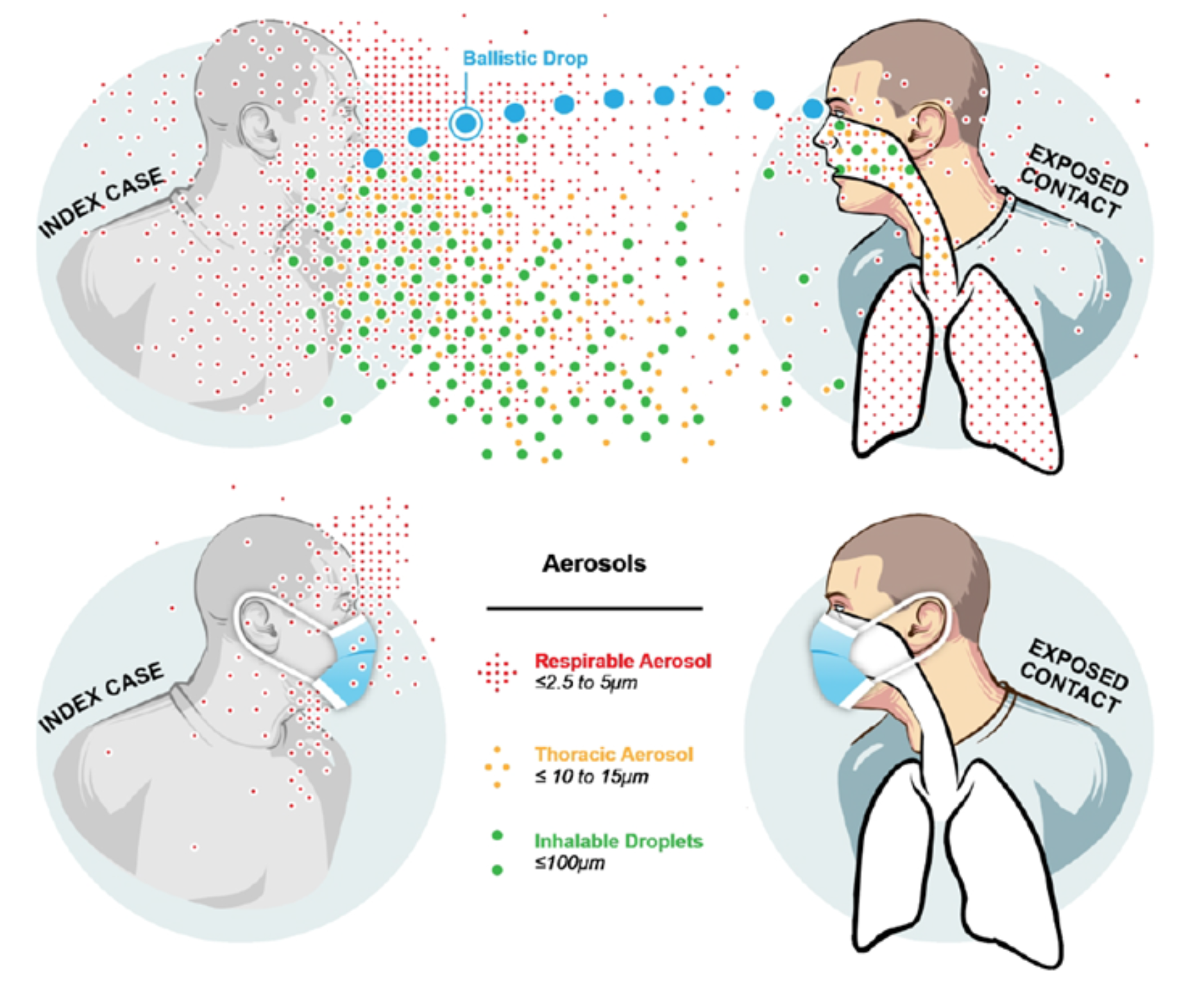Airborne disease control is a pivotal aspect of public health research, particularly as our understanding of airborne pathogens has evolved significantly over the years. Historical figures like Carl Zimmer and William Firth Wells have played vital roles in shaping awareness around how diseases can be transmitted through the air. In his book, “Air-Borne: The Hidden History of the Life We Breathe,” Zimmer highlights the challenges faced by researchers who sought to prove the germ theory related to airborne illnesses, often undermined by their own personalities. Despite groundbreaking discoveries, the hesitance to accept that these pathogens could spread through the air has impeded progress in airborne disease control. As we continue to confront public health issues, recognizing the role of such research and its historical context remains crucial for future advancements.
The control of airborne illnesses describes our ongoing struggle to manage diseases that are transmitted via the air we breathe. Known as airborne pathogens, these infectious agents pose significant health risks, necessitating comprehensive research in public health to safeguard communities. Scholars like Carl Zimmer and William Firth Wells have contributed essential insights into the complexities of these pathogens, reinforcing the significance of understanding their transmission. The exploration of germ theory and its revelations about the spread of diseases through air has paved the way for innovative solutions in health management. Emphasizing the need for effective airborne disease control strategies highlights the continuous evolution of our scientific pursuits and the importance of learning from past discoveries.
The Historical Perspective on Airborne Disease Control
The understanding of airborne diseases has evolved significantly over the centuries. In ancient Greece, Hippocrates introduced the idea of ‘miasmas’, which suggested that diseases were caused by noxious air rather than visible microorganisms. This misconception persisted even through the scientific revolutions of the 19th century, as evidenced by the cholera outbreaks in Europe. Researchers, including Gottfried Ehrenberg and Louis Pasteur, began to systematically study microorganisms, yet the notion that diseases could be transmitted through the air remained largely unacknowledged until much later.
As we reflect on the journey toward the acceptance of airborne disease control, it is crucial to recognize how figures like William Firth Wells attempted to shift this narrative. Wells’ innovative methods in studying air quality paved the way for groundbreaking discoveries, yet his struggles with public perception and acceptance highlight the complex interplay between scientific progress and academic personality. Despite evidence that airborne pathogens could transmit diseases like tuberculosis, the stigma attached to Wells’ approach delayed advancements that could have enhanced public health significantly.
Frequently Asked Questions
What is airborne disease control and why is it important?
Airborne disease control refers to strategies and practices aimed at preventing the transmission of pathogens through the air. This is crucial for public health, as many diseases, such as influenza and tuberculosis, can spread when infectious droplets are inhaled. Effective airborne disease control helps reduce outbreaks and protects vulnerable populations.
How did William Firth Wells contribute to airborne disease control research?
William Firth Wells played a significant role in the research of airborne disease control by demonstrating that human exhalation disperses microbes in the air. His experiments in the 1930s provided evidence that airborne pathogens could be a source of infection, paving the way for further studies on air quality and pathogen transmission.
What does Carl Zimmer’s research tell us about airborne disease control?
Carl Zimmer’s research highlights the historical challenges in accepting the concept of airborne disease transmission. His exploration into the life of William Firth Wells shows how personality and public perception can impact the advancement of airborne disease control knowledge, emphasizing the need for clear communication in public health.
What role did germ theory play in the development of airborne disease control?
Germ theory, championed by scientists like Louis Pasteur, established that microorganisms are responsible for many diseases. It laid the groundwork for understanding airborne pathogens, which has led to improvements in airborne disease control methods, such as ventilation systems and the use of ultraviolet light to neutralize airborne microbes.
How can public health research improve airborne disease control measures?
Public health research can improve airborne disease control measures by identifying effective strategies to mitigate the risk of airborne transmission. This includes studying the conditions under which pathogens thrive, assessing the effectiveness of air purification systems, and evaluating the role of ventilation in various settings.
| Key Points | Details |
|---|---|
| Role of Personality | Carl Zimmer suggests that a key researcher’s dull personality may have hindered public acceptance of important airborne disease control research. |
| Historical Context | Zimmer highlighted the historical views on airborne diseases, referencing Hippocrates’ ‘miasma’ theory and how it took a long time for the airborne transmission concept to gain acceptance. |
| William Wells’ Contributions | Wells conducted experiments showing that exhaled air spreads microbes, yet his findings were initially poorly received due to his presentation style and personality. |
| Consequences of Research Ignorance | Despite his impactful discoveries, conflicts and personal issues prevented Wells from gaining recognition and hindered advancements in airborne disease control. |
| Current State of Research | Zimmer expresses concern that the field of airborne disease research is still lagging behind due to factors including the researchers’ personalities and public perception. |
Summary
Airborne disease control is vital in combating infectious pathogens that spread through the air. The research of William Wells, while groundbreaking, was hindered by personal challenges and a lack of public acceptance. As highlighted by Carl Zimmer, a socially awkward personality can significantly impact the progress of scientific advancements in this domain. Therefore, it is crucial to recognize the importance of effective communication and public engagement in fostering acceptance and support for airborne disease control research, ensuring a healthier future.
